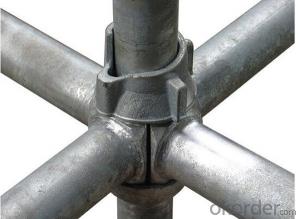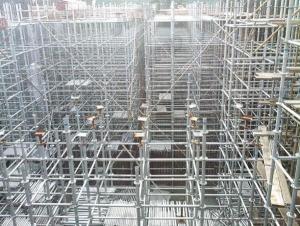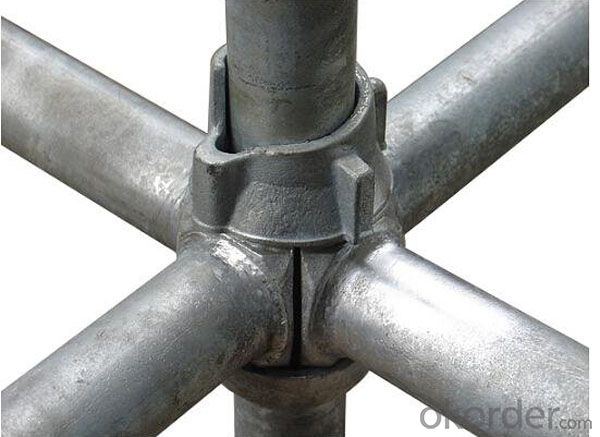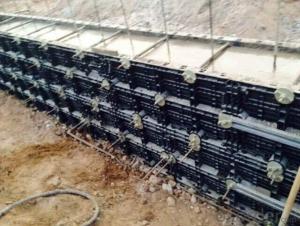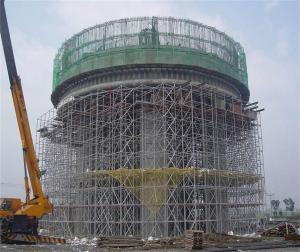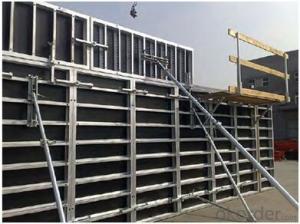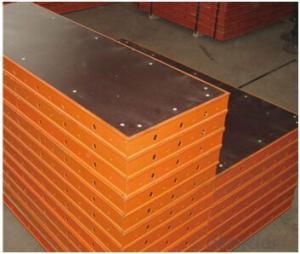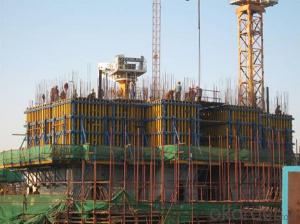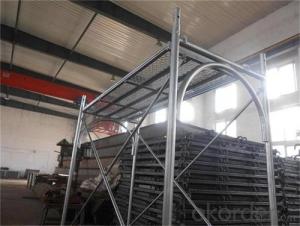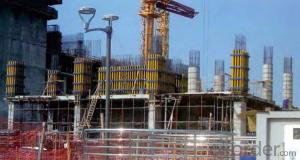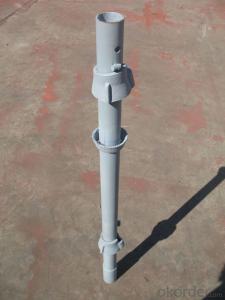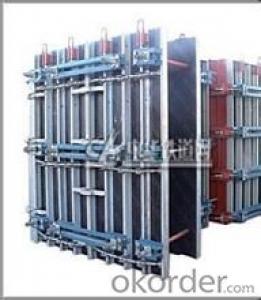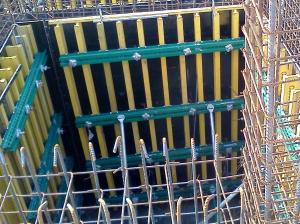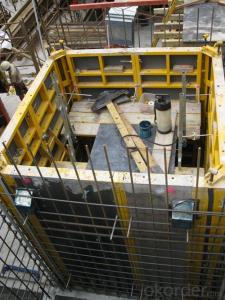Frame Scaffolding Formwork Scaffolding Construction with High Quality
- Loading Port:
- Tianjin
- Payment Terms:
- TT OR LC
- Min Order Qty:
- 6000 set
- Supply Capability:
- 50000 set/month
OKorder Service Pledge
OKorder Financial Service
You Might Also Like
Frame Scaffolding Formwork Scaffolding Construction with High Quality
Circular Column Formwork Outrigger For Scaffolding With New Design
Plastic Formwork Concrete Formwork Circular Column Used Scaffolding Props New Design
Developing with new technology materials, steel formworks is no longer a must in construction concrete process. More and more buildings are established with plastic formworks. And workers love this new formworks much more.
The advantages of plastic formworks:
1.First of all--light
Yes it is the first advantage of plastic formwork. It wins the great praise of both contractors and workers.
The biggest panel is 120×1500px,weights 10.5kg only. It can be lift and set up by one person easily, which means there is no need for cranes on site.Saves a lot of cost and time.
2.Easy set up
Different size of panels can firmly locked by simply turn the special handles to 90 degree. The Panels has rib on the back, which makes the system need not traditional wood blocks and nails. The panels have holes to fit tie rod, guarantee the strength of the whole system.
3.Modularity
Modular formworks composed by different size of panels..
4.Strength
The handles are made by high strength Nilon, each panel locked by at least 4 handles, which makes the whole system strong enough to pour 1000px walls.
5.Environment friendly
The system needs no cut and nail due to the variety size. Also it needs nearly no wood. The material can be recycled after broken, so it will not pollute the environment.
6.Consequent
Concrete does not stick to plastic formwork, thus the panels need no oil before using, and can be cleaned simply by water. The surface of the wall which build by modular formwork is smooth and without rework.
Frame Scaffolding Formwork Scaffolding Construction with High Quality
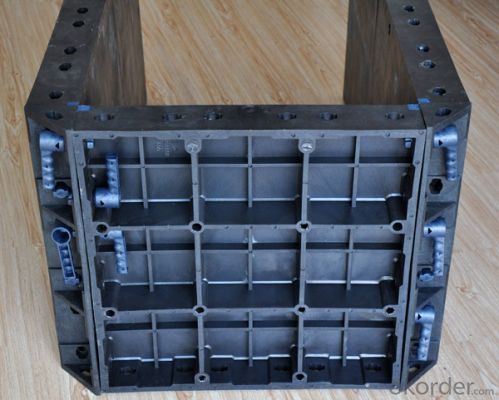
Frame Scaffolding Formwork Scaffolding Construction with High Quality
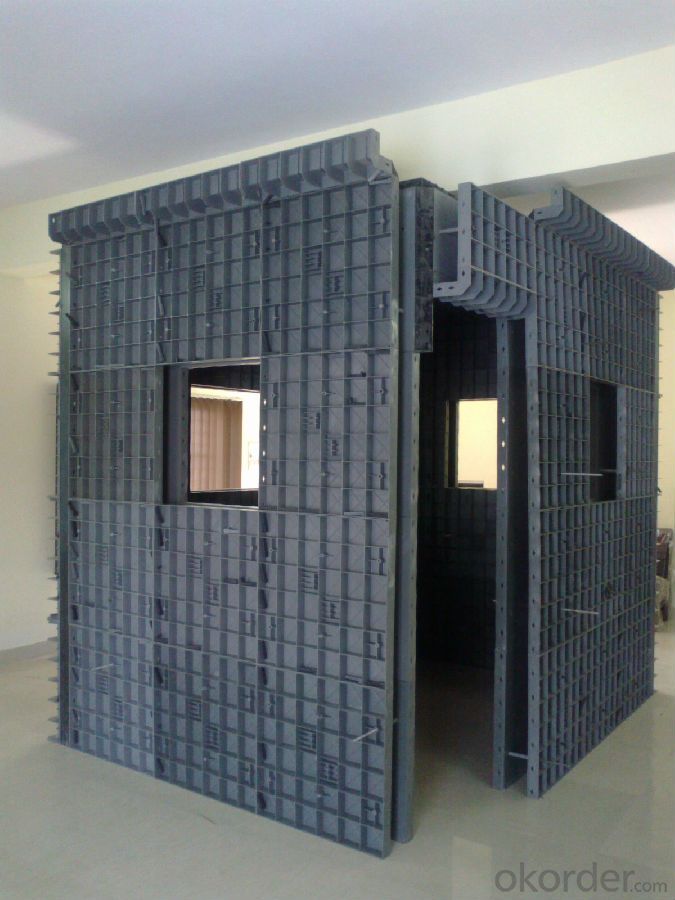
Frame Scaffolding Formwork Scaffolding Construction with High Quality
Advantage
* Good loading capacity
* Easy to assemble and dismantle
* Stable and durable thanks to its structual design & automatic welding quality
* Customized solution helps you work safe, save cost and convenient
* Excellent quality for formwork & scaffolding with wide choices
Packing
in bulk or in bundle, or as requested
Shipping
15-20 Days.
Normally small orders, it needs just 15-20 business days to the port. For goods with stock, it would be even shoter.
Frame Scaffolding Formwork Scaffolding Construction with High Quality
Other scaffolding & formwork products:
(1) Scaffolding System:
Including Ringlock Scaffolding System and accessories; Cuplock Scaffolding System and accessories; Kwikstage Scaffolding System and accessories; Haki Scaffolding System and accessories;
(2) Scaffolding Frame & Accessories:
Including Walk Through Frame Scaffolding; Ladder Frame Scaffolding; Accessories; we also can make scaffolding according to your samples or drawings.
(3) Scaffolding Couplers/Clamps:
We can produce all kinds of forged and pressed couplers, including British type couplers, American type couplers, German type couplers, Italian type couplers ,fence couplers, BRC coplers and so on. We also can produce according to your drawings or samples.
FAQ Frame Scaffolding Formwork Scaffolding Construction with High Quality
Why Us?
We are one of the Top 500 in the world, largest construction materials supplier in China. Also we are a state-owned company and respond to every customer with large and also small orders.
We own professional manufacturers with powerful producing capacity.
Extensive and comprehensive quality control system
Excellent products with competitive prices.
Efficient services in pre and after sale.
Full energy with affluent experience team.
- Q: Can steel frame formwork be used for both on-site and off-site construction projects?
- Yes, steel frame formwork can be used for both on-site and off-site construction projects. Steel frame formwork is a versatile and durable solution that can be easily transported and assembled at any location, making it suitable for both on-site and off-site construction. It provides a stable and rigid structure that can withstand heavy loads and ensure the accuracy and efficiency of the construction process. Additionally, steel frame formwork offers flexibility in terms of size and shape, allowing it to be customized to meet the specific requirements of different construction projects, whether they are carried out on-site or off-site. Overall, steel frame formwork is a reliable and practical choice for various construction projects, regardless of their location.
- Q: What are the different types of climbing formwork systems used with steel frame formwork?
- There are several types of climbing formwork systems used with steel frame formwork, including crane-lifted climbing formwork, hydraulic climbing formwork, and self-climbing formwork. These systems allow for the vertical progression of the formwork, enabling construction workers to efficiently construct tall structures such as high-rise buildings and bridges.
- Q: What are the safety measures that need to be taken while using steel frame formwork?
- When using steel frame formwork, there are several important safety measures that need to be taken to ensure the well-being of workers and the overall success of the construction project. These safety measures include: 1. Proper training and supervision: Workers should receive adequate training on the correct usage of steel frame formwork, including how to assemble, dismantle, and handle the equipment safely. They should also be supervised by experienced personnel to prevent any potential accidents. 2. Inspection and maintenance: Regular inspection of the steel frame formwork should be conducted to identify any defects, damages, or wear and tear. Any faulty or damaged components should be immediately replaced or repaired. Maintenance should also be carried out to keep the equipment in optimal condition. 3. Personal protective equipment (PPE): Workers should be equipped with appropriate PPE, such as safety helmets, safety goggles, gloves, and steel-toe boots, to protect themselves from potential hazards, such as falling objects or injuries during assembly and dismantling. 4. Secure footing and fall protection: Workers should have a secure footing when working on steel frame formwork structures. Proper scaffolding or platforms should be provided, and guardrails should be installed to prevent falls from heights. Additionally, safety harnesses and lanyards should be used when working at elevated levels. 5. Proper lifting techniques: Workers should be trained on proper lifting techniques to prevent strains or other musculoskeletal injuries when handling heavy components of the steel frame formwork. Mechanical aids, such as cranes or hoists, should be used whenever possible to minimize manual lifting. 6. Adequate lighting and ventilation: The work area should be well-lit to ensure good visibility, and proper ventilation should be provided to prevent the accumulation of harmful fumes or gases. 7. Communication and coordination: Effective communication and coordination between workers and supervisors are essential to ensure smooth operations and avoid accidents. Clear instructions, signals, and warning signs should be used to alert workers of any potential hazards or changes in the work environment. By following these safety measures, the risk of accidents and injuries can be greatly minimized when using steel frame formwork, creating a safer working environment for all involved.
- Q: Can steel frame formwork be used for the construction of sports facilities?
- Certainly! Steel frame formwork is a viable option for building sports facilities. Renowned for its robustness and longevity, this construction method is suitable for a wide range of structures, including sports facilities. Its stability enables it to bear heavy loads and endure repetitive use, making it an optimal choice for sports facilities that experience high foot traffic and require long-lasting construction. Moreover, steel frame formwork can be easily assembled and disassembled, facilitating efficient construction processes and potential future modifications or expansions of the sports facility. All in all, due to its strength, durability, and flexibility, steel frame formwork is a dependable option for constructing sports facilities.
- Q: Can steel frame formwork be easily dismantled and recycled?
- Steel frame formwork is capable of being dismantled and recycled without difficulty. Steel, being a material that can be recycled efficiently, is the primary component of the formwork system. The design of the steel frame formwork allows for simple disassembly. Typically, the formwork system comprises of modular steel frames and panels that can be effortlessly removed and reconfigured for future construction endeavors. Once disassembled, the steel frame formwork can be transported to a recycling facility where it will be melted down and repurposed to create new steel items. By engaging in this recycling process, waste is minimized, and natural resources are conserved. Consequently, steel frame formwork presents itself as a sustainable and ecologically sound alternative within the construction industry.
- Q: Main types of building templates
- 1, large steel wood (bamboo) combination template2, multi-functional concrete template3, leakage prevention building template4, multi-functional building block template5, housing construction templates and related methods6, composite building stereotypes template
- Q: What are the different types of formwork wedges used in steel frame formwork systems?
- There are typically three types of formwork wedges used in steel frame formwork systems: standard wedges, flat wedges, and bridge wedges. Standard wedges are the most common and are used for general formwork applications. Flat wedges are used when a flat surface is required, such as for beams or walls. Bridge wedges are used to support bridge decks and other large-scale structures.
- Q: How does steel frame formwork ensure proper anchoring to the ground?
- Steel frame formwork ensures proper anchoring to the ground through a combination of factors. Firstly, the steel frame itself is designed with sturdy anchor points and connection mechanisms that help secure it firmly to the ground. Additionally, the formwork is often supported by vertical supports such as props or scaffolding, which further enhance its stability and prevent any movement. This ensures that the formwork remains in place during the concrete pouring and curing process, ultimately resulting in a properly anchored structure.
- Q: Can steel frame formwork be used for both straight and curved beams?
- Yes, steel frame formwork can be used for both straight and curved beams. Steel frame formwork is a versatile system that can be adjusted and customized to fit different shapes and sizes of beams. It provides a stable and rigid structure, ensuring that the concrete is poured and supported correctly. The steel frames can be easily assembled and disassembled, allowing for flexibility in creating both straight and curved beams. Additionally, steel frame formwork offers high strength and durability, making it suitable for various construction projects where both straight and curved beams are required.
- Q: Can steel frame formwork be used in projects with high architectural finish requirements?
- Projects with high architectural finish requirements can indeed make use of steel frame formwork. The utilization of steel frame formwork guarantees a remarkable level of accuracy and stability, thereby ensuring a uniform and precise architectural finish. This is of utmost importance in achieving a smooth and flawless end result. The steel frames can be easily adjusted and tailored to fit various shapes, curves, and angles, thereby accommodating intricate and complex architectural designs. Furthermore, steel frame formwork exhibits exceptional durability and is able to withstand the immense pressure exerted by the concrete during the pouring process. This ensures that the formwork remains intact and maintains its shape throughout the construction process. In conclusion, steel frame formwork is a dependable and adaptable choice that can fulfill the high architectural finish requirements of diverse construction projects.
Send your message to us
Frame Scaffolding Formwork Scaffolding Construction with High Quality
- Loading Port:
- Tianjin
- Payment Terms:
- TT OR LC
- Min Order Qty:
- 6000 set
- Supply Capability:
- 50000 set/month
OKorder Service Pledge
OKorder Financial Service
Similar products
Hot products
Hot Searches
